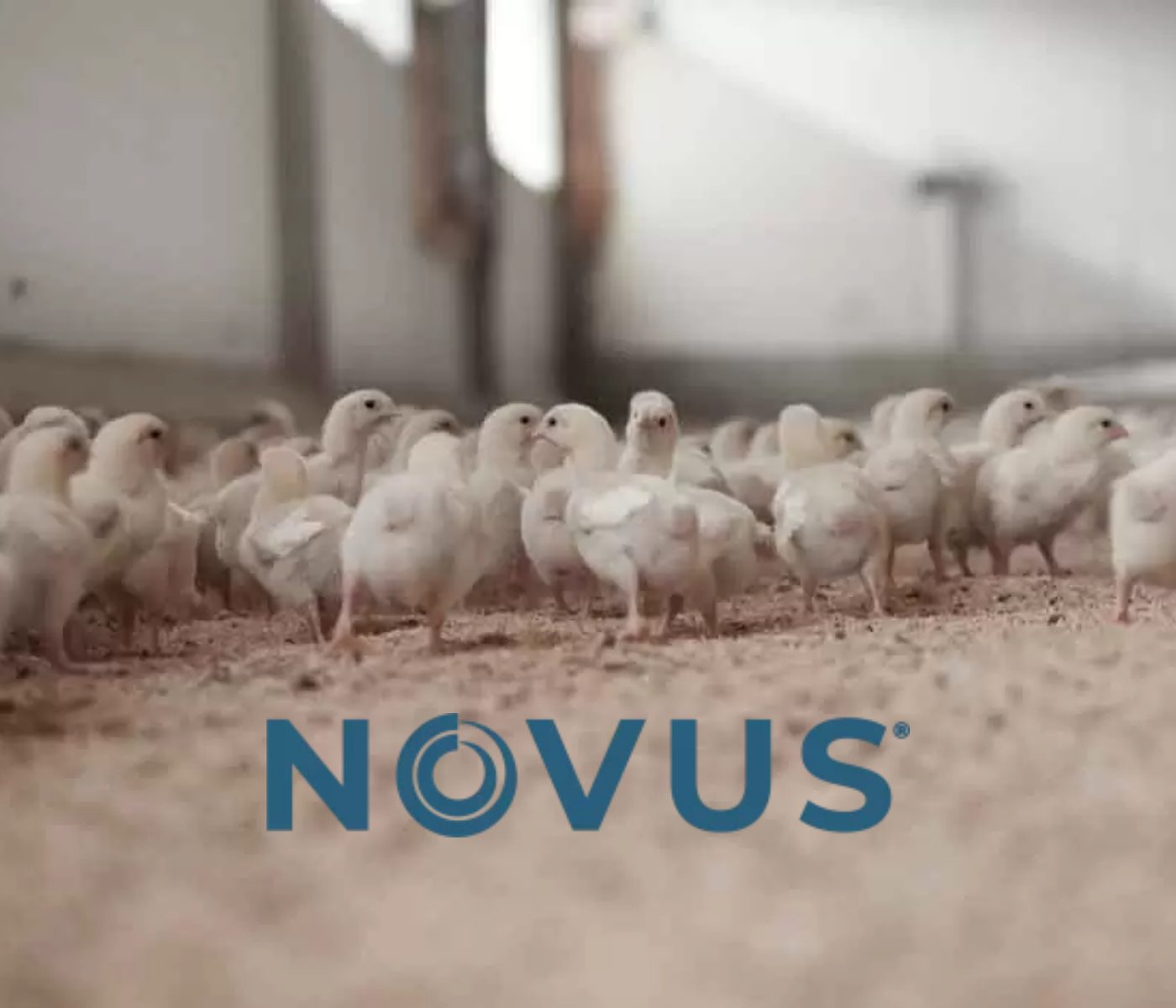 31 Aug 2023
31 Aug 2023
In September, Novus International is sharing poultry research that can lead to positive outcomes for both egg and meat production.


Mireille Huard, senior poultry technical services manager for Europe, will present the findings during two presentations at the 19th European Symposium on the Quality of Eggs and Egg Products and the 25th European Symposium on the Quality of Poultry Meat (together known as the Egg & Meat Symposium), 7-9 September in Krakow, Poland.
“With fluctuations in feed costs and demand, it’s critical to offer a variety of ways to support the profitability of our customers’ poultry operations,” Huard says. “The information I’m presenting is valuable; based on a sound understanding of the biological mechanisms underlying the production of quality meat and eggs.”
Symposium attendees can hear the first presentation from Huard on September 7 during her presentation titled, Review on Eggshell Translucency: Description, Causes and Consequences for Egg Production.
“Eggshell translucency is a quality issue that affects the appearance of the egg but can also impact the egg’s resistance to breakage and even bacterial infection. This challenge is a concern for both table eggs and hatching eggs,” Huard says. “My presentation is a review of the literature available on the topic and recommendations on intelligent nutrition interventions that can strengthen eggshells.”
Huard’s second presentation is on September 8 where she’ll offer insights on the topic, Microminerals to Reduce Meat and Carcass Quality Issues.
Higher demand for poultry meat has resulted in the development of larger and/or faster-growing broilers. These birds, while designed to meet the demand for healthy, high-quality meat, can have carcass quality issues and growth-related muscular abnormalities (breast myopathies). These issues can impact profitability in a variety of ways as they result in issues like foot pad dermatitis, wooden breast, white striping, spaghetti meat, or reductions in carcass and breast meat yield and skin integrity, bruises, and even severe structural issues.

Finding ways to address these challenges through management or nutrition is vital in helping the industry meet consumer expectations and for producer financial success.
In her presentation, Huard highlights how trace minerals (already used in the industry for their support of muscle tissue development, reduction in oxidative stress, and optimizing growth, feed conversion ratio and mortality) can mitigate meat and carcass defects, but only with certain types of minerals.
“Compared to inorganic trace minerals such as sulfates or oxides, chelated minerals like MINTREX® Bis-Chelated Trace Mineral are more stable in the stomach and can avoid mineral sequestration from other nutrients, reducing antagonisms during absorption,” she says. “This unique mode of action offers improved bioavailability to support performance and profitability even when using fewer trace minerals in the ration.”
Huard noted that MINTREX® trace minerals are made of more: containing methionine source HMTBa which offers a cost-effective solution to improve meat production and quality as it allows producers to reduce methionine supplementation elsewhere in the ration.

Held every two years, the Egg & Meat Symposium is organized jointly by working groups of the European Federation of World’s Poultry Science Association (WPSA). NOVUS is proud to be a silver sponsor of this event.

For more information about the Symposium, visit eggmeat2023.com.
You may also like to read: “NOVUS Supports Broilers with new Scale Up™ Program”
Subscribe now to the technical magazine of animal nutrition
AUTHORS

Nutritional Interventions to Improve Fertility in Male Broiler Breeders
Edgar Oviedo
The Use of Organic Acids in Poultry: A Natural Path to Health and Productivity
M. Naeem
Synergistic Benefits of Prebiotics and Probiotics in Poultry, Swine, and Cattle
Gustavo Adolfo Quintana-Ospina
Hybrid Rye Potential in Laying Hen Feed Rations
Gwendolyn Jones
A day in the life of phosphorus in pigs: Part I
Rafael Duran Giménez-Rico
Use of enzymes in diets for ruminants
Braulio de la Calle Campos
Minerals and Hoof Health in the Pregnant Sow
Juan Gabriel Espino
Impact of Oxidized Fats on Swine Reproduction and Offspring
Maria Alejandra Perez Alvarado